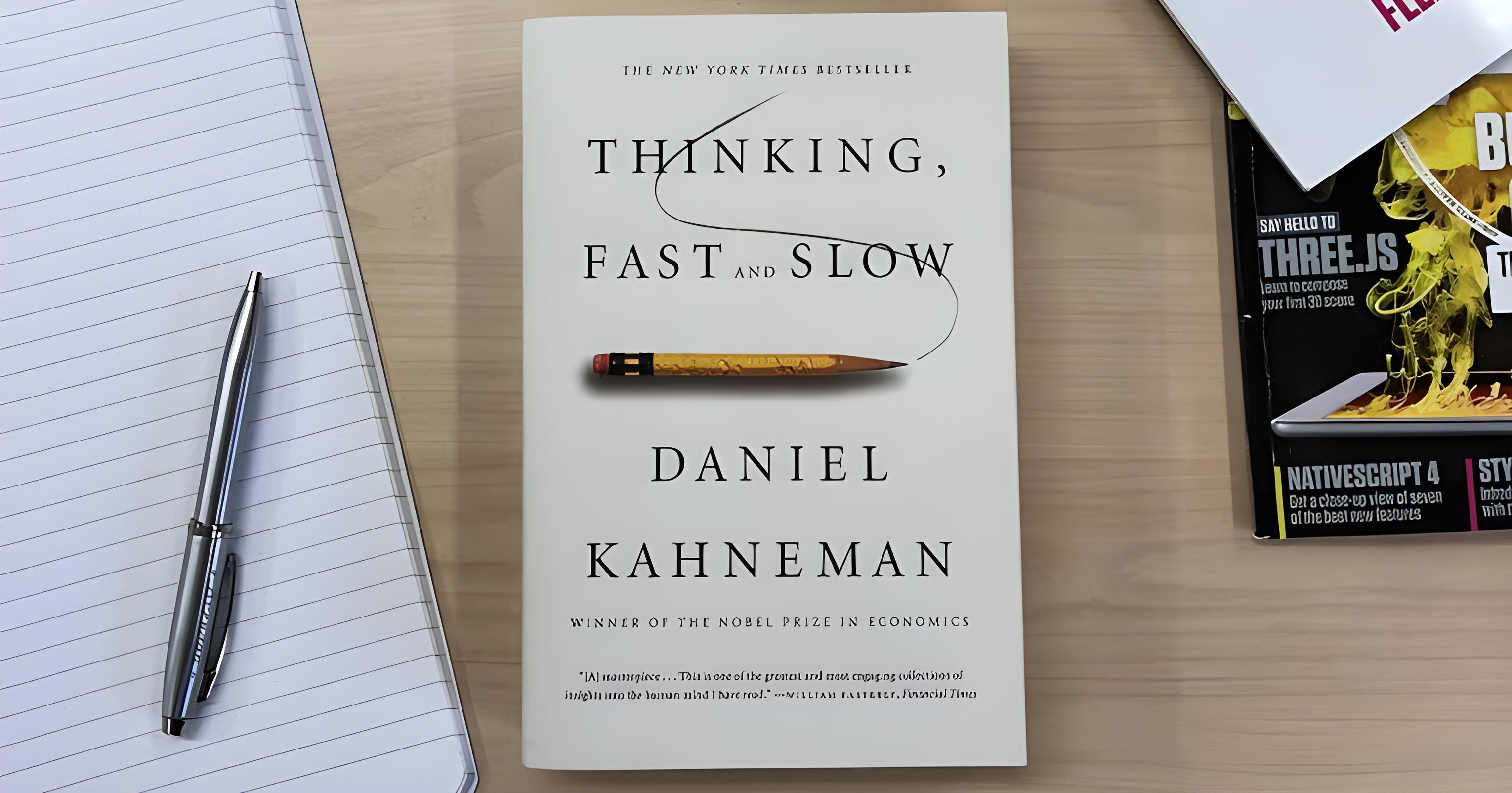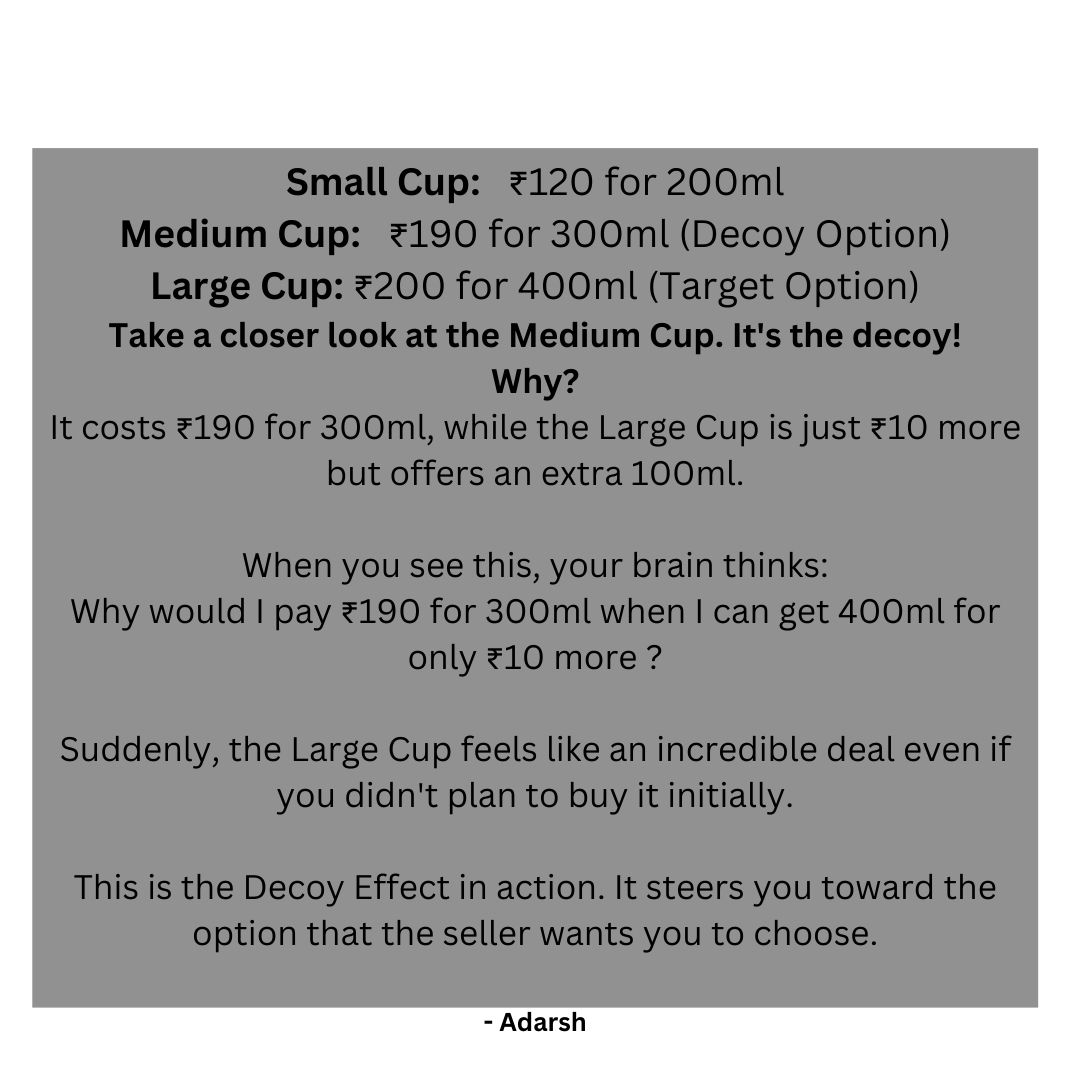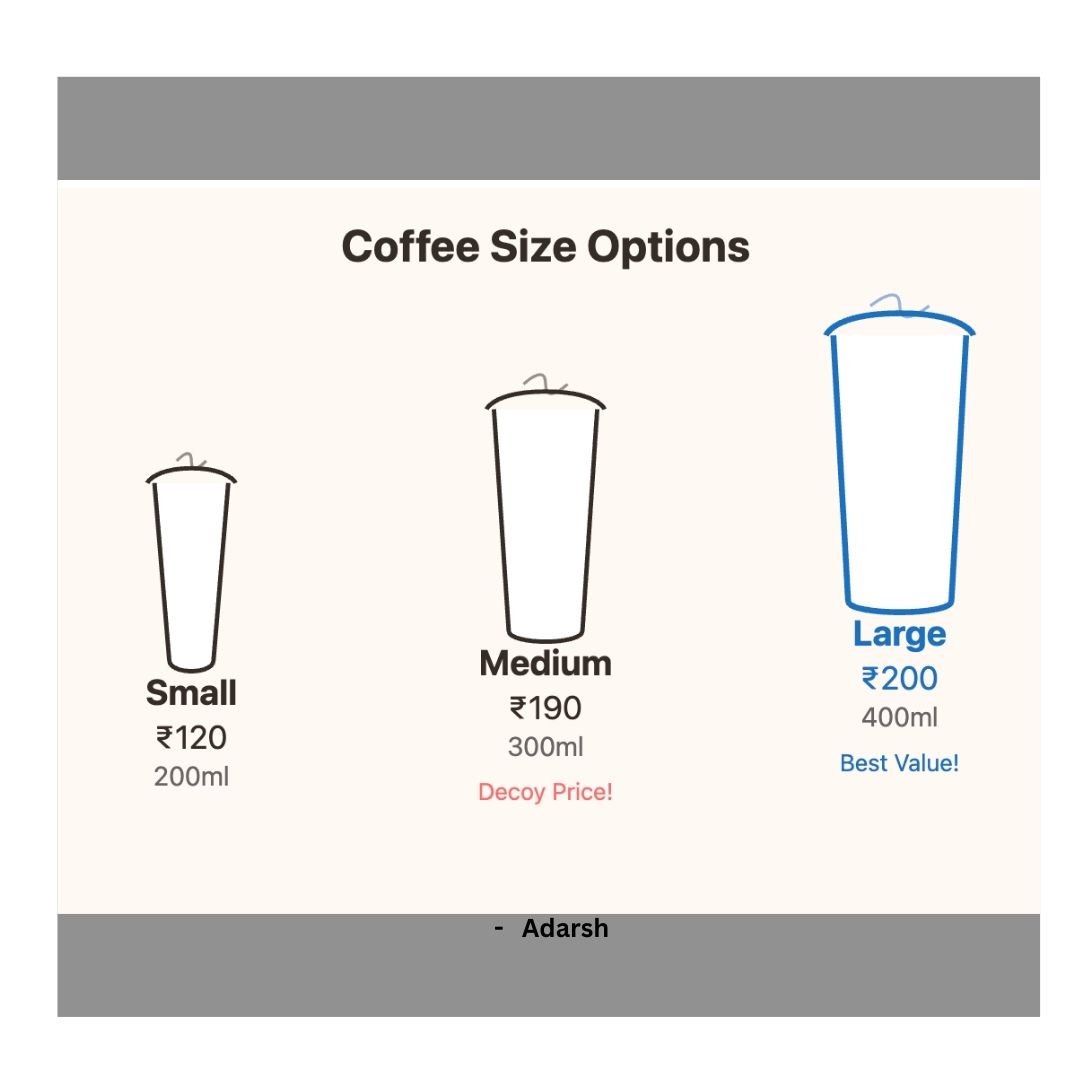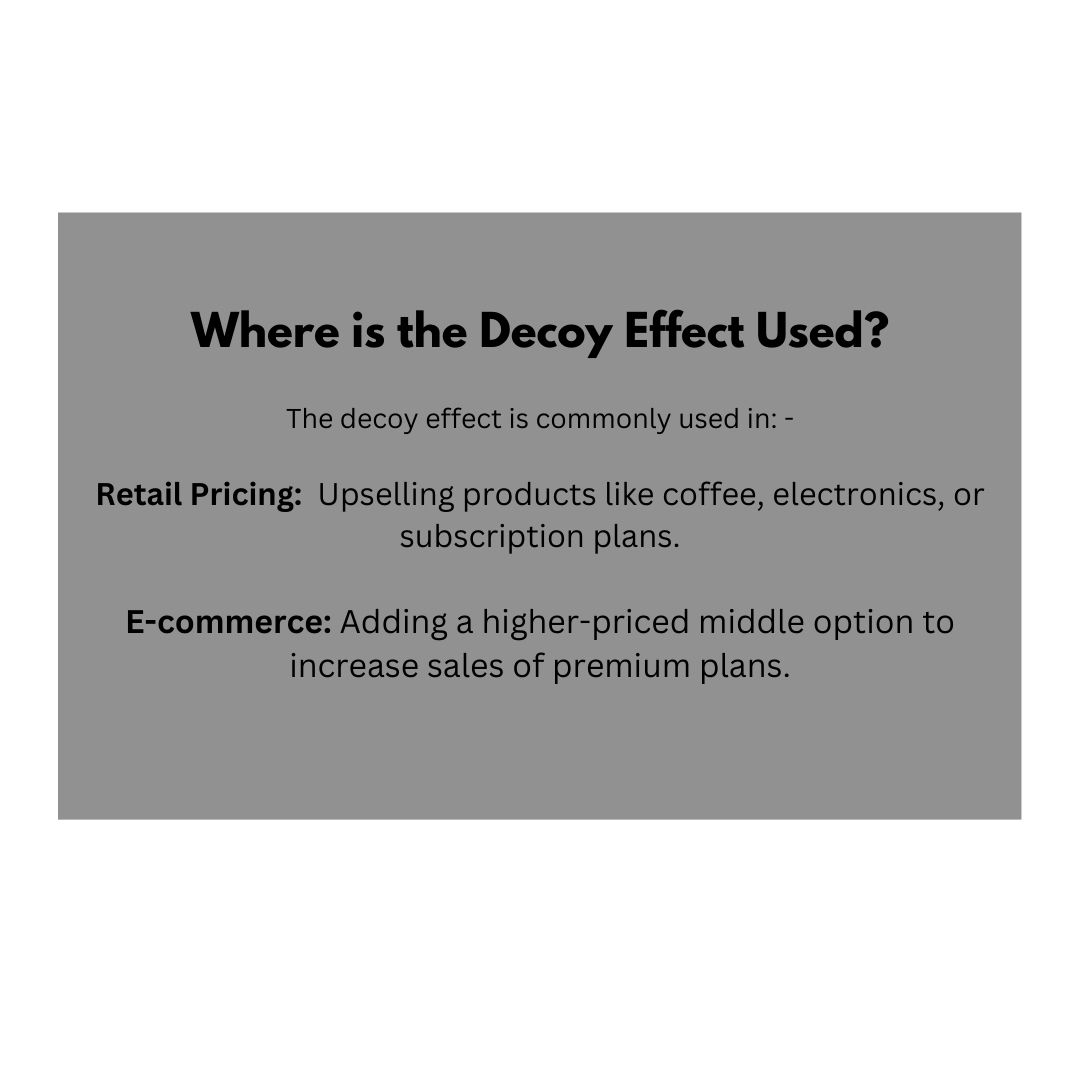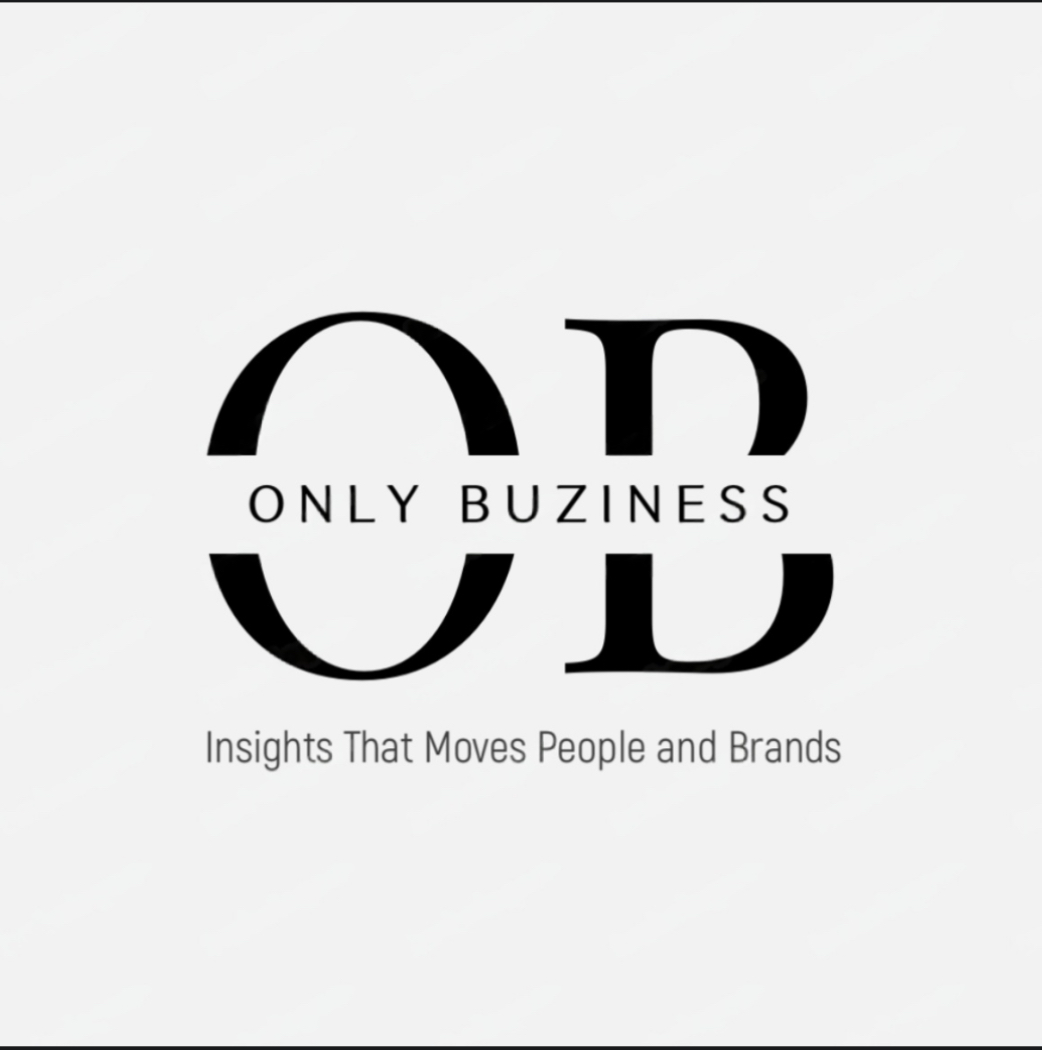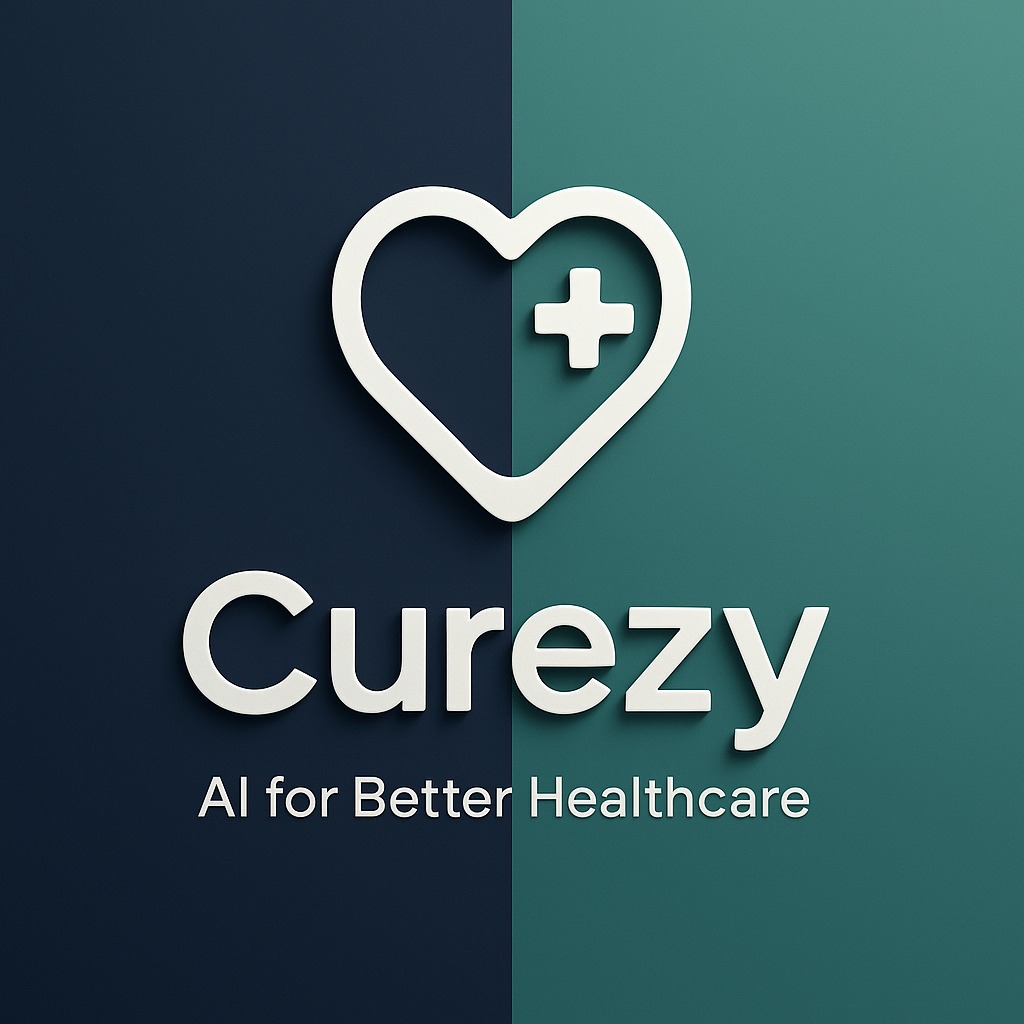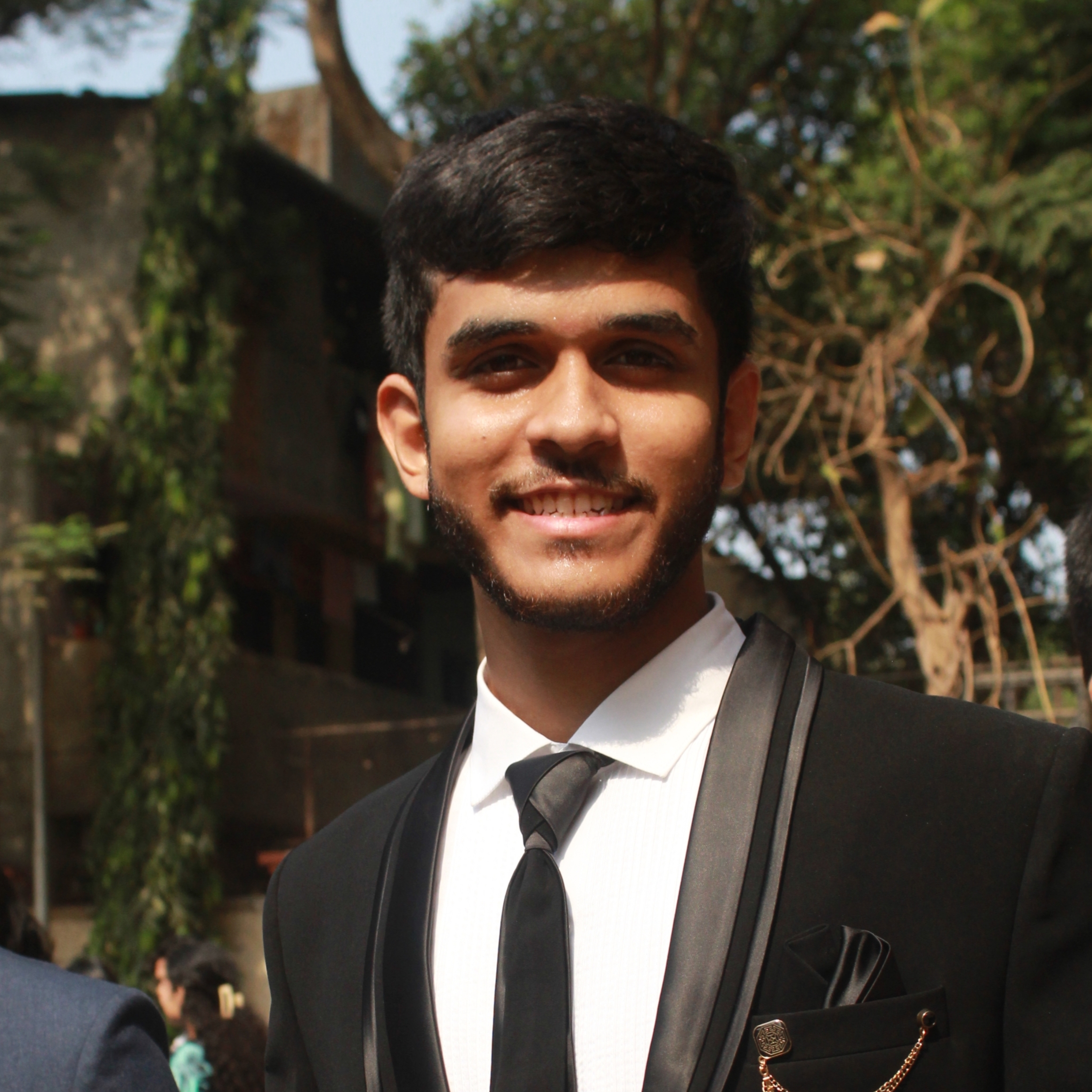Back
SHIV DIXIT
CHAIRMAN - BITEX IND... • 11m
📖 DAILY BOOK SUMMARIES 📖 🔗 DIRECT FREE E-BOOK DOWNLOAD LINK AVAILABLE — https://drive.google.com/file/d/1Lhb3QcIPefOPk8YzjQ9zBJlalxWqP6kE/view?usp=drivesdk 🔥 The Art of Thinking Clearly 🔥 🚀 20 Lessons 👉 ✨ Rolf Dobelli ✨ 1. What is Cognitive Bias? • Cognitive biases are systematic errors in thinking that affect decisions and judgments, often leading to irrational choices. 2. Survivorship Bias • Focusing only on successes while ignoring failures leads to distorted conclusions and unrealistic expectations. 3. Loss Aversion • People fear losses more than they value equivalent gains, often resulting in overly cautious decisions. 4. Confirmation Bias • Seeking information that supports existing beliefs while ignoring evidence that contradicts them. 5. Anchoring Effect • Relying too heavily on the first piece of information encountered, which skews subsequent judgments. 6. The Sunk Cost Fallacy • Continuing an endeavor because of prior investment, even when it’s no longer viable or beneficial. 7. Reciprocity Bias • Feeling obligated to return favors, which can lead to decisions based on guilt rather than rationality. 8. Social Proof • Relying on others' actions to determine one’s own, especially in uncertain situations, can lead to herd behavior. 9. Availability Heuristic • Overestimating the likelihood of events based on how easily examples come to mind, often due to recent exposure. 10. Authority Bias • Overvaluing opinions and decisions of authority figures, even when they may be flawed. 11. Outcome Bias • Judging decisions based on outcomes rather than the quality of the decision-making process itself. 12. Hindsight Bias • Believing events were predictable after they happen, leading to overconfidence in judgment. 13. Framing Effect • The way information is presented influences decisions, even if the content remains the same. 14. Overconfidence Effect • Overestimating one’s knowledge or abilities, often leading to poor decisions. 15. Clustering Illusion • Seeing patterns in random events, leading to misconceptions and incorrect assumptions. 16. Base Rate Neglect • Ignoring statistical realities in favor of anecdotal or specific information. 17. Planning Fallacy • Underestimating the time, costs, and risks of future actions, leading to overly optimistic plans. 18. The Halo Effect • Allowing one positive trait to overshadow all other characteristics, leading to biased judgments. 19. Scarcity Error • Overvaluing things perceived as scarce, even when they may not be inherently valuable. 20. How to Think Clearly • Recognize and understand biases, question assumptions, and base decisions on logic and evidence rather than emotion.

More like this
Recommendations from Medial
Aditi
Will become a inspir... • 6m
It’s All in the Wording: How the Framing Effect Shapes What We Buy” The Framing Effect is a cognitive bias where people make decisions based on how information is presented rather than the facts themselves. In business, marketers use this to shape p
See MoreSuman solopreneur
Exploring peace of m... • 10m
Behavioral Finance examines how emotions and biases affect financial decisions, leading to irrational behavior. Unlike traditional finance, it acknowledges that people often make decisions influenced by psychology. Key points include: 1. Loss Avers
See MoreOnly Buziness
Everything about Mar... • 6m
“Believe What You Want: How Confirmation Bias Drives Clicks, Loyalty, and Sales” Confirmation bias is the tendency to seek, interpret, and remember information that supports what we already believe—while ignoring opposing views. News outlets often t
See MoreVikas Acharya
Building WelBe| Entr... • 10m
day 1 - THE HALO EFFECT The Halo Effect is a type of cognitive bias where our overall impression of a person influences how we feel and think about their character or abilities. Here's a simple way to understand it: Imagine you meet someone who lo
See More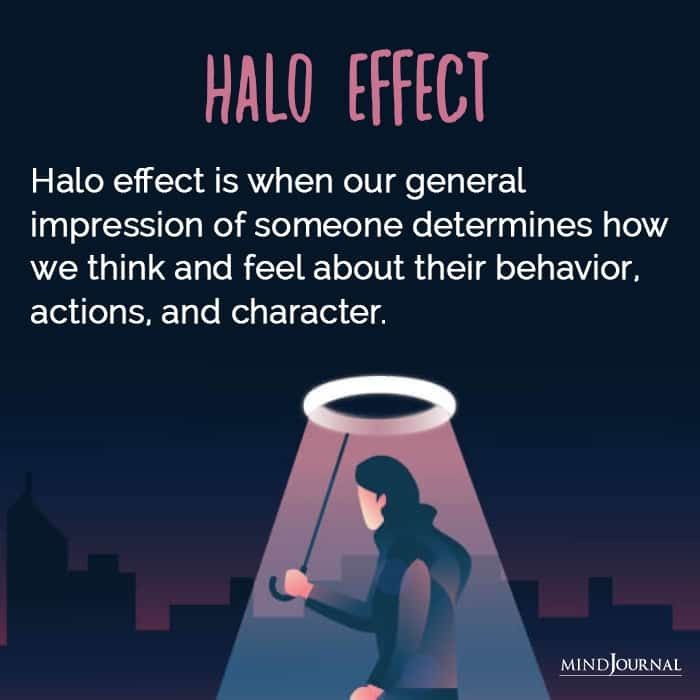
Aditi
Will become a inspir... • 6m
“Trust the Expert: How Authority Bias Builds Business Credibility and Sale Authority bias is the tendency to trust and follow the opinions of perceived experts or authority figures. In business, this bias is used to build credibility and influence d
See MoreOnly Buziness
Everything about Mar... • 6m
“Anchoring Effect: The First Price You See Changes Everything” The Anchoring Effect is a cognitive bias where people rely too heavily on the first piece of information (the “anchor”) they see when making decisions — especially in pricing. Businesses
See MoreDownload the medial app to read full posts, comements and news.



